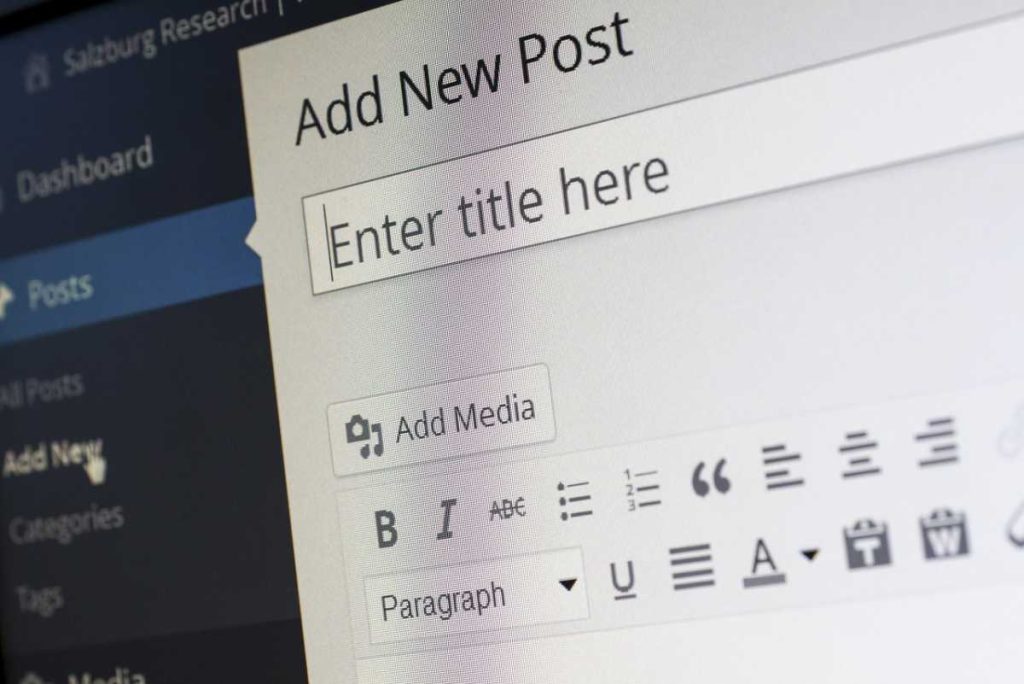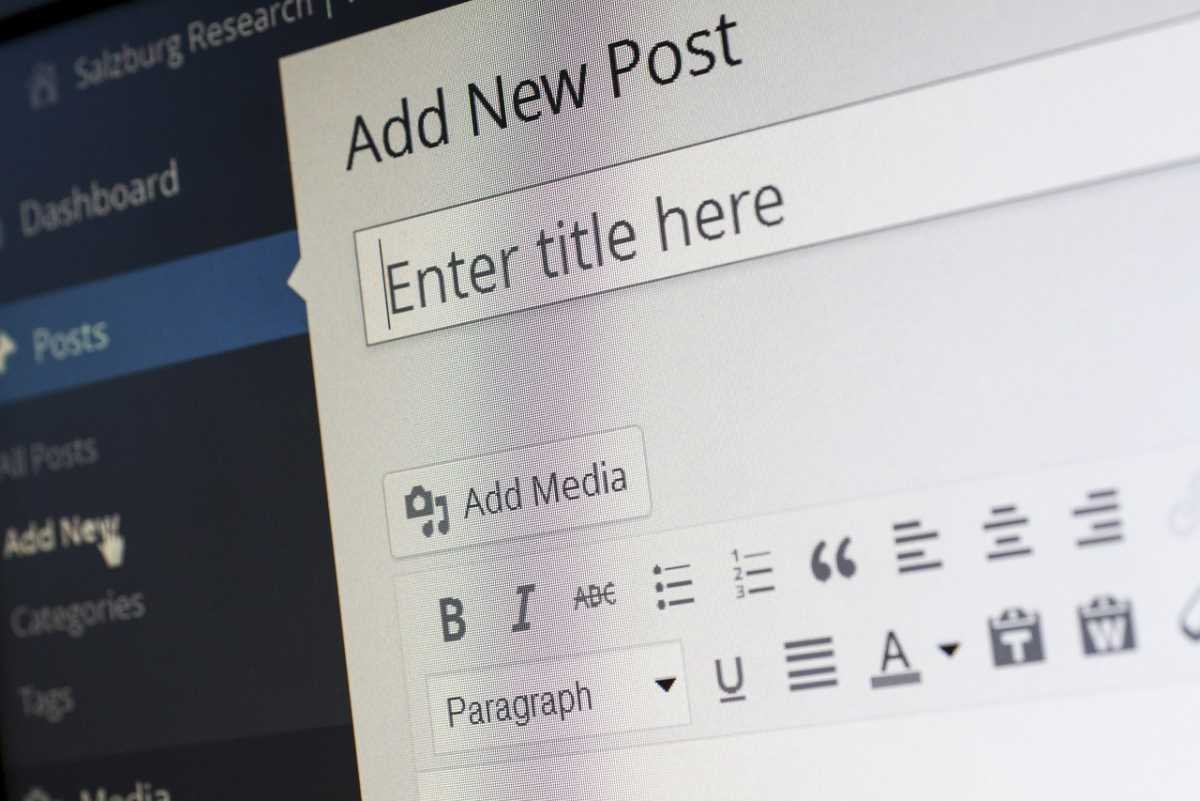Blogging is an exciting journey that allows you to share your thoughts, expertise, and creativity with the world. But like any journey, the path to becoming a successful blogger is paved with lessons, and sometimes those lessons come from making mistakes. As a beginner, it’s easy to overlook crucial details that can slow down your progress or hurt your blog’s growth.
In this detailed blog, I’ll walk you through the eight common mistakes that new bloggers make—mistakes I wish someone had warned me about when I first started. Hopefully, this guide will help you avoid these pitfalls and set you on the right track to building a successful blog.

1. Not Defining a Clear Niche
One of the biggest mistakes new bloggers make is starting without a clear niche. It’s tempting to write about everything you’re interested in, but this can confuse your audience and dilute your brand.
Why This is a Mistake:
Without a defined niche, it’s difficult to attract and retain a loyal audience. Readers won’t know what to expect from your blog, and search engines may struggle to rank your site if it’s covering too many unrelated topics.
How to Fix It:
Pick a niche that you’re passionate about and knowledgeable in. Your niche should be specific enough to cater to a targeted audience, but broad enough to provide plenty of content ideas. For example, instead of writing about general health, you could focus on “holistic wellness for women.”
2. Ignoring SEO (Search Engine Optimization)
Many new bloggers underestimate the importance of SEO. They focus on writing great content but fail to optimize it for search engines, resulting in minimal traffic.
Why This is a Mistake:
If your content isn’t optimized for SEO, it’s unlikely to rank well in search engine results. This means fewer people will discover your blog, no matter how valuable your content is.
How to Fix It:
Learn the basics of SEO, such as keyword research, on-page SEO (meta descriptions, headings, etc.), and link-building strategies. Use tools like Google Keyword Planner, Ubersuggest, or SEMrush to find keywords relevant to your niche. Properly optimize your posts to improve their chances of ranking in search engines.

3. Inconsistent Posting Schedule
Another common mistake is blogging inconsistently. You might start with a burst of enthusiasm, posting regularly, but then life gets in the way, and your posting schedule becomes sporadic.
Why This is a Mistake:
Inconsistent posting confuses your audience and reduces engagement. Readers like to know when they can expect new content, and irregular posting makes it difficult to build a loyal following. Additionally, search engines reward websites that update their content regularly.
How to Fix It:
Create a content calendar and stick to it. Plan your posts in advance and aim for a realistic schedule—whether that’s once a week or twice a month—so that you can maintain consistency. Tools like Trello or Google Calendar can help you organize your blog schedule.
4. Neglecting Email List Building
One of the most common rookie mistakes is neglecting to build an email list from the start. Many new bloggers rely solely on social media to engage with their audience, which can be risky.
Why This is a Mistake:
Social media algorithms are unpredictable, and you don’t own your social media followers. If a platform changes its rules or shuts down, you could lose access to your audience. An email list, however, is something you own and can use to maintain direct communication with your readers.
How to Fix It:
Start building your email list from day one. Offer a lead magnet (like a free guide, eBook, or checklist) in exchange for email signups. Use an email marketing service like Mailchimp or ConvertKit to manage your list and send regular newsletters to keep your audience engaged.
5. Overlooking Blog Design and User Experience
It’s easy to focus so much on content that you forget about your blog’s design and user experience (UX). A cluttered, confusing layout can drive readers away, even if your content is excellent.
Why This is a Mistake:
If your blog is difficult to navigate, slow to load, or visually unappealing, visitors won’t stick around long enough to read your posts. A poor user experience not only affects your audience’s engagement but also impacts your SEO rankings.
How to Fix It:
Choose a clean, responsive design that works well on both desktop and mobile devices. Make sure your blog loads quickly and is easy to navigate. Invest time in improving your blog’s design, including a clear menu, intuitive layout, and appealing color scheme. Tools like Google PageSpeed Insights can help you analyze and improve your blog’s performance.
6. Writing for Yourself Instead of Your Audience
Many beginners treat their blog as a personal diary, writing about whatever they want without considering their audience’s needs or interests.
Why This is a Mistake:
Your blog should be about adding value to your readers. If your content is too self-centered, readers may not find it relatable or useful. Successful blogs solve problems, answer questions, and provide value to their audience.
How to Fix It:
Before writing a post, think about who your target audience is and what they need. Ask yourself, “How can I help them with this post?” Research the questions or problems your audience is facing and create content that addresses those concerns. Engage with your readers through comments or surveys to understand their needs better.
7. Not Promoting Your Blog Enough

Many bloggers believe that “if you build it, they will come,” but that’s rarely the case. You can’t just publish a blog post and expect readers to magically find it. Lack of promotion is a big mistake.
Why This is a Mistake:
Even the best content won’t reach its potential without proper promotion. If you’re not actively promoting your blog on various channels, it’s unlikely to attract significant traffic.
How to Fix It:
Promote your blog across multiple platforms, including social media, email newsletters, and online communities. Join niche forums, Facebook groups, or subreddits related to your blog’s topic and share your content (where allowed). Use social media platforms like Pinterest, Instagram, and Twitter to reach a wider audience. Don’t be shy about guest blogging on other reputable sites to expand your reach.
8. Expecting Overnight Success
One of the biggest mistakes new bloggers make is expecting to become successful overnight. Many bloggers give up too soon when they don’t see immediate results.
Why This is a Mistake:
Blogging is a long-term game. It takes time to build an audience, gain credibility, and start seeing traffic and income. Expecting instant success leads to frustration and burnout, causing many bloggers to quit before they’ve had a chance to succeed.
How to Fix It:
Set realistic expectations and be patient. Focus on consistent progress rather than instant results. Celebrate small wins, like your first 100 visitors or email subscribers, and remember that success takes time. Keep learning, improving, and refining your strategy, and you’ll see steady growth over time.
Conclusion
Blogging is a rewarding journey, but it comes with its challenges. By avoiding these eight common mistakes, you’ll be better equipped to create a blog that grows and thrives over time. Remember, it’s okay to make mistakes—what’s important is that you learn from them and keep moving forward.
From defining a clear niche to consistently promoting your content and building an email list, these tips will help you avoid the rookie errors that hold many bloggers back. Stay patient, keep learning, and most importantly, enjoy the process! Blogging is an incredible way to share your voice with the world, and with the right approach, you can make a meaningful impact.

